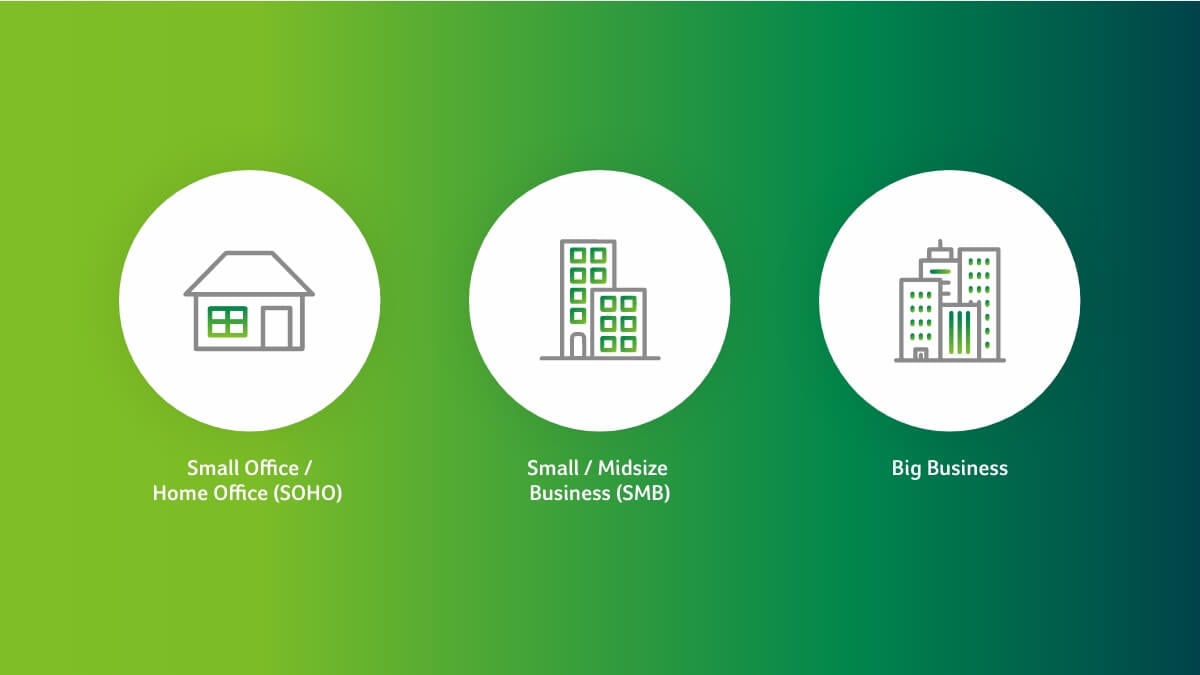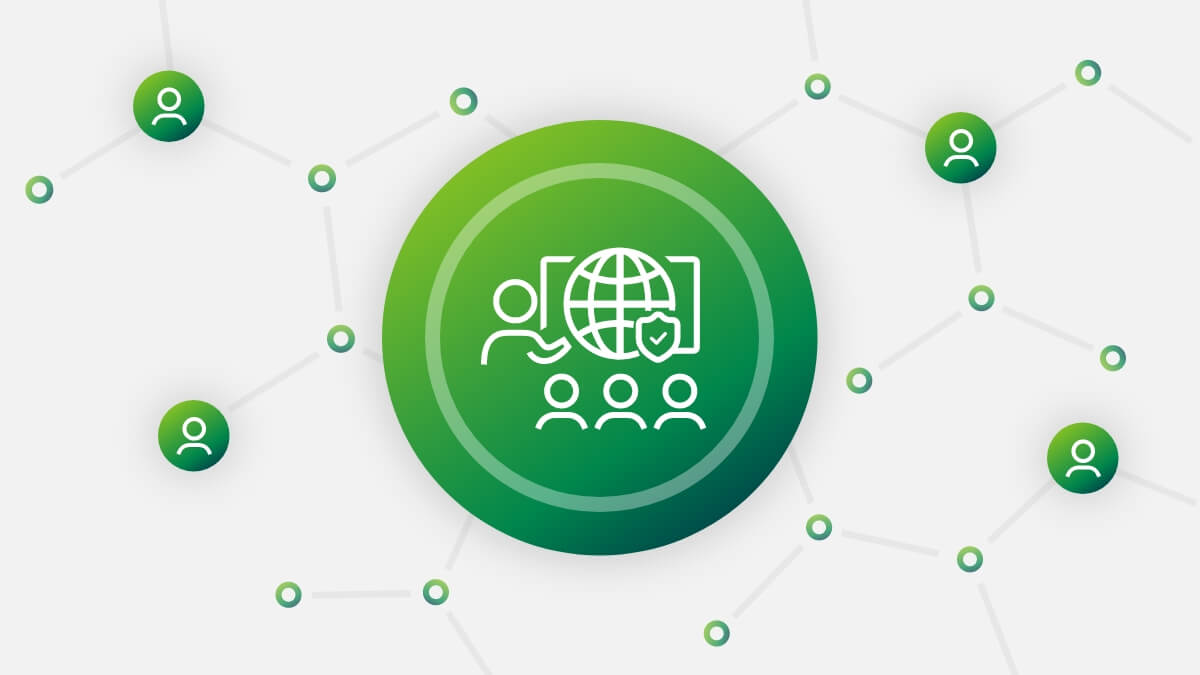
The pandemic has swiftly revolutionized the way we work; whether we like it or not, hybrid work is here to stay. Numbers illustrate this trend perfectly well: a study by the global management consulting company McKinsey found that a significant 78% of employers now work in hybrid remote formats. Furthermore, employees are not only going hybrid because they are asked to. A survey by Microsoft revealed that around 70% of employees wish to remain hybrid as the new normal. It isn’t difficult to see why: a report from PWC indicates that hybrid work modes boost work efficiency.
As the hybrid work culture continues to unfold, IT departments across industries have served as the backbone of companies, setting the groundwork for the new normal in much of the global workforce. But fundamentally, what is information technology? What does IT do, and how can it promote the best practices for working remotely?
In light of these developments, here are five general directions to take when managing a hybrid remote workforce:
Plan
For SOHOs (small office-home office), small-to-medium businesses (SMBs), or enterprises alike, a hybrid work policy is essential. Naturally, IT departments would need to strategize according to the industries they work in and the size of their business. There is firstly the need to plan what software is essential for which positions; the costs of investing in hybrid-remote IT also calls for consideration. The case of successful hybrid working for ‘trickier’ groups, such as frontline workers, implies the importance of critical planning.

Planning a solid hybrid work model for an organization is by no means straightforward as there are multiple aspects of planning. Key topics every IT team should consider when planning for hybrid work are:
- Define your goals: While it may be tempting to follow workplace trends, it is crucial for an organization to first contemplate its reasons for adopting a hybrid work model. Identify the goals and objectives for enabling remote work in your company (e.g., ‘ my company should go hybrid remote to improve workplace motivation’ or ‘my organization is going remote to save office workspace’).
- Assess your current hardware and software: For remote work to happen, certain types of hardware and software are needed. It is fundamental for every hybrid work plan to assess the organization's current technologies and what it needs to purchase. Plan for more secure, modern devices and take inventory of Windows 11 ineligible devices.
- Develop guidelines or policies for remote work: Employees can be confused about hybrid work schedules and boundaries (e.g., when to go to the office, how performance is assessed while working remotely, and whether remote work entails flexible schedules). Hence, developing written guidelines for employees to refer to is helpful.
- Choose the right work tools: To facilitate remote work effectively, IT must choose the right tools and technologies. Consider implementing video conferencing software, collaboration tools, and project management platforms, among other relevant options, to enable seamless communication and collaboration among remote team members.
- Test and refine: Hybrid work is not easy to manage, and it is challenging to run smoothly in the first few weeks. Thus, testing and refining it for short periods is helpful before transitioning completely to a hybrid work mode.
- Communicate with employees: Regularly communicating with employees about remote work policies, procedures, and available tools is essential to ensure a smooth transition. To support employees in this transition, provide ongoing training and support to ensure they are comfortable with the technology and understand how to use it effectively.
Provide
Organizations may question whether employees can use their personal electronic devices for remote work. While this does seem cost-effective, there are concerns associated with such practices. If employees click on compromised links in their personal emails, they would jeopardize the company’s network by exposing it to malware.
It is necessary to provide employees with portable work devices (such as laptops, cellphones, tablets, et cetera). However, not all devices are business ready; it is worth taking time to research different hardware brands and to decide whether their features meet the extensive needs of remote work. For example, when considering a laptop for remote work, look for modern secure devices that have:
- Secured-Core PCs with Windows 11 Pro: Offers elevated security levels beyond standard devices to protect your most sensitive business information; these systems provide enhanced protection against sophisticated and expensive data breaches. They provide additional security measures by segregating computer operating systems from hardware and firmware-level attacks.
- Microsoft Pluton security processor: Provides special protection against hardware-based cyberattacks such as rootkits and malware. At its core, Pluton is a secure crypto-processor that safeguards identities, credentials, encryption keys, and personal data. This advanced security processor is an integrated chip-to-cloud technology that combines a secure subsystem with Microsoft-authored software.
Regarding software, IT needs to furnish employees with work tools that enable remote work, facilitate communication and collaboration among colleagues, and ensure a secure work environment with features such as business VPNs, firewalls, and multifactor authentication software to safeguard against cyber threats.
Some software solutions are versatile and can be utilized across industries. To illustrate, employees can use devices with any Windows edition (be it Pro or Home) to connect to a remote desktop server running on a Pro or Enterprise edition of Windows.
Microsoft 365 allows workers to track each other’s progress in real-time, providing the opportunity to edit documents collaboratively. Microsoft Teams is another great tool that supports real-time communication and collaboration. It offers features such as instant messaging, video conferencing, file sharing, and project management. With its seamless integration with other Microsoft products, it provides a unified and streamlined experience for team collaboration.
When implementing a hybrid work model, it is also crucial to consider the needs of employees with disabilities. Companies should work together with their employees to identify special IT equipment or assistive technologies and provide them with the right tools to ensure their success and productivity in the remote work environment.
Microsoft has committed to addressing the needs of users with disabilities when designing its products. Their assistive technologies cover those who struggle with vision (e.g., screen size adjustments, color contrasts, and color filters), hearing (e.g., mono audio or caption generators), mental health (e.g., focus assists and distraction minimizations), and mobility (e.g., voice control for ‘typing’ content and eye recognition). Neurodiverse individuals or people with special learning needs are also part of empowering employees and creating inclusive experiences for all.
Train
One of the most common problems with hybrid workplace technology is exposure to major cybersecurity risks. If employees fail to adhere to security protocols when connecting to the organization’s network, cybercriminals can seize the opportunity to access the organization’s files and sensitive information through the employees’ home network. The most concerning part? If unlucky, it can take only one careless at-home employee for such a scenario to develop.

Training can also reduce the possibility of employees falling prey to phishing or other malicious scams. In the United States alone, business email compromise attacks cost victims more than $2.7 billion in 2022. In the same year, the Internet Crime Complaint Center (IC3) received around 300,000 reported cases of phishing and other forms of scamming in the United States. The scams (e.g., false invoice scams) often come across as legitimate and believable in the workplace; thus, organizations need to educate employees about common internet scams and remind employees that if they come across anything remotely suspicious, they should contact IT first.
A solid briefing on device and software use, as well as business security, is critical for the operation of an organization. IT should aim to outline information illustratively and, if possible, void of jargon for non-IT professionals to understand. Software and devices used for hybrid work are not always easy to navigate, so for employees to understand how the system works, training and support must be implemented. A clearly illustrated handbook would also be resourceful, should the employee forget any essential details from their IT training.
Simplify Modern Management
Hybrid work cultures can understandably be stressful for IT teams, so it is essential to have the right strategies and technologies in place. With employees accessing the company’s VPN from home, a tactful measure would be to control all employees’ work devices from one central location. This facilitates the management of software updates and security settings, lifting some weight off the IT management team’s shoulders.
Choosing helpful technological solutions – those that require little to no infrastructure to manage – can spare the IT team some effort. Microsoft Autopilot is a good example of how employees can reset and repurpose their work devices without much technical assistance. Available on Windows 10, Windows 11, and Windows Holographic version 2004, it is a set of technologies designed to pre-configure devices in a straightforward and efficient manner. Simply log in to a new device with your Microsoft account, and settings from your old computer will automatically be applied to the new one. Windows Autopilot also strategically applies cloud-based services to reduce time and cost for managing and deploying devices.
When it comes to managing IT for remote work, of equal importance are matters of data privacy and security – particularly for industries that keep sensitive data or proprietary information. With some central control over employees’ work devices, IT teams can monitor employee actions and ensure policy compliance at all times. Such control can ensure that employees are authorized to access only the information needed for their tasks, minimizing the possibility of data leaks or cyberattacks. Lastly, it is important for the IT team to have remote shutdown abilities to prevent data exposure caused by the theft of an employee’s laptop or the actions of a disgruntled employee.
Support
Understandably, hybrid work requires persistent support from the IT team, which is why remote support systems must be put in place. Whether IT is needed for navigating technical issues or informational support, Windows Quick Assist can help connect employees over remote sessions. With simply an app and a code, the software can allow the IT team to request control of the employee’s screen for troubleshooting. The variety of tools on Quick Assist (laser pointer, annotations, and chat boxes) can also help form effective communication.
In a business setting with remote staff working from different time zones, it is essential for the IT support team to have around-the-clock support. Failing to provide timely assistance to a worker with an IT issue could result in a significant loss of work hours and potentially hinder the overall productivity of the organization.
Conclusion
Hybrid work has emerged as a prominent model in the modern workplace, with companies recognizing the benefits of offering a flexible combination of remote and in-person work options. As this trend continues to grow, companies must cater to this new workforce or risk losing talent. IT departments across different industries will need to adapt or rehaul their support strategies.
Planning the future of hybrid work is a non-linear process, as strategies for managing hybrid workforces are still being developed, tested, and re-experimented. While trial and error are inevitable, the transition can proceed much more smoothly with a strategically coordinated set of equipment and software at hand.








